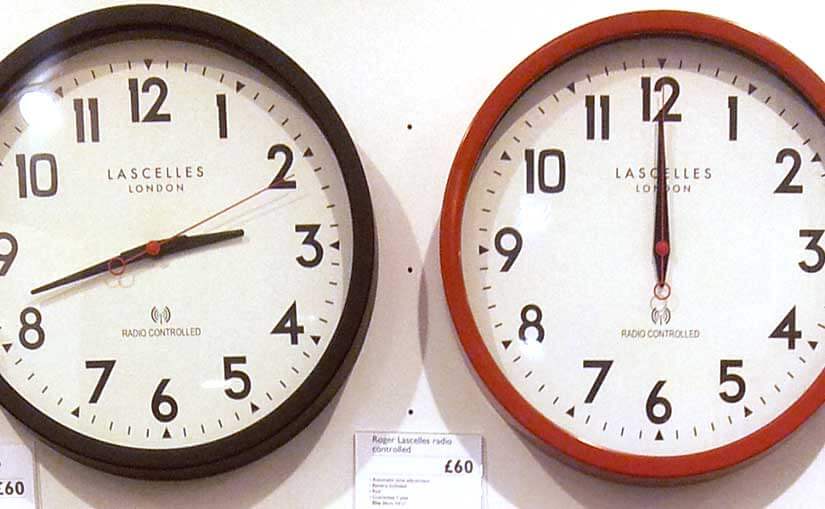This article will discuss how plastics and nylons from laundry water can cause blockage in a leach field. Once you have acquired your dream home, you worry about and tend to o many things. You have to check out every little aspect of your property—aesthetics and technical ones. Every, you get to sleep only if everything is in its right place. One crucial component you need to look at is your septic system. It is affected by the way you take care of it and by the substances you introduce to it. Wastewater that enters your septic system is composed by greywater and blackwater. Greywater comes from your showers, drains, dishwashers, and laundry area while blackwater comes from your toilet. Laundry water is a constant in your septic system especially if you do not have a greywater system or dry well to treat and recycle it. This type of greywater can contain debris, solid wastes, and even plastics. You should make sure that you know how plastics and nylons from laundry water can cause blockage in a leach field so that you could prevent malfunctions and failures.
Plastic is a synthetic product manufactured by man. It is true that it does help many processes and industries a lot but they do tend to harm the surrounding environment. It starts in your septic system. As you know, the septic system is composed of the septic tank and the leach field. The septic tank collects the wastewater and starts its treatment. The solid waste particles are degraded by the anaerobic bacteria in the tank. The raw wastewater is then separated into three layers. The top layer is the lightweight solid particles called the sum. The middle layer is the clear effluent layer that is ready to be absorbed into the leach field. The bottom layer is the sludge layer that contains the heavy solid waste materials. Normally, only organic, biodegradable waste should enter the septic tank but there are items such as clothes that contain plastics and nylons. When laundry water ends up in the septic tank, it is highly possible that plastic and nylon fibers are also introduced. Generally, plastic is a synthetic product. It may have organic components but the inorganic, non-biodegradable parts are always left behind. Through many experts are trying to make plastic biodegradable, it is still harmful to the household and the environment. When the septic system decomposes biodegradable plastic, methane is produced. Methane is a colorless, odorless, and flammable gas, which is toxic at elevated levels.
With this, you should definitely make sure that plastic and nylons do not enter the septic system.
When the septic tank starts to harbor plastics and nylons, these substances stay in the tank until they block it or until they are pushed into the leach field. It is detrimental for the leach field if plastic and nylon fibers reach it. These materials will just stay in the leach field and clog it. The moment the leach field is clogged, the aerobic bacteria will die off, leaving the biomat unregulated. If the biomat is unregulated, it will contribute to the clogging as well. Ultimately, the leach field and the entire septic system will fail. You should make sure that the plastic and nylon materials do not enter the septic system and you can do this by doing the following:
Check your garments and fabrics first for any loose or detached plastic or nylon components. Remove them immediately or have the repaired before you wash them.
Install filters in your laundry drain or washing machine, inflow pipe, and outflow pipe so that plastic and nylon fibers won’t enter the septic system.
Use gentle detergents that won’t corrode the fabrics. Harsh detergents tend to loosen up fibers and this increases the amount of plastic and nylon fibers in your septic system.
Talk to your septic expert so that you can have a greywater system or a dry well installed.
Plastics and nylons should have no room in your septic system. Understand how plastics and nylons from laundry water can cause blockage in a leach field so you could enjoy a healthy and sanitized living environment for decades to come.

